17 Best World Heritage Sites in India
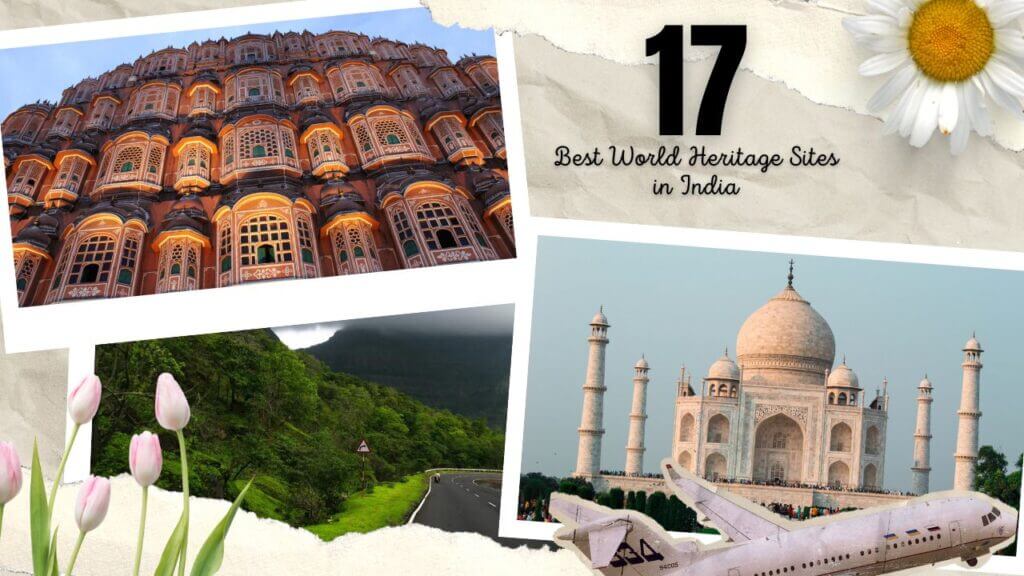
- Introduction
- Understanding World Heritage Sites
- Importance of World Heritage Sites in India
- 1. Taj Mahal: Epitome of Love and Beauty
- 2. Jaipur City: The Pink Jewel of Rajasthan
- 3. Hampi: The Ruins of Vijayanagara Empire
- 4. Kaziranga National Park: Home to the One-Horned Rhinos
- 5. Great Himalayan National Park: Majestic Wilderness
- 6. Qutub Minar: Tall Tower of Delhi
- 7. Khajuraho Temples: Architectural Marvels of Erotic Art
- 8. Ellora Caves: Ancient Rock-Cut Masterpiece
- 9. Sundarbans National Park: A Pristine Mangrove Forest
- 10. Konark Sun Temple: A Marvelous Architectural Wonder
- 11. Nalanda University: Ancient Center of Learning
- 12. Fatehpur Sikri: Abandoned City of Grandeur
- 13. Darjeeling Himalayan Railway: Toy Train Adventure
- 14. Rani Ki Vav: A Stepwell of Architectural Excellence
- 15. Western Ghats: Biodiversity Hotspot
- 16. Chola Temples: Living Testimony of Greatness
- 17. Red Fort: Mughal Splendor in Delhi
- Summary
- FAQs
Introduction
This article will explore the 17 best World Heritage Sites in India in 2023. UNESCO recognised and protected these sites for their cultural, historical, and natural significance.
From magnificent structures to breathtaking landscapes, these sites offer a glimpse into India’s rich heritage and natural wonders.
Let’s explore the importance of World Heritage Sites, understand their criteria for designation, and discover the wonders that await in India.
Understanding World Heritage Sites
Definition and criteria for designation
World Heritage Sites are exceptional places of cultural, historical, or natural importance recognised and protected by UNESCO.
These sites must meet specific criteria, which include showcasing outstanding universal value, representing a masterpiece of human creative genius, or providing exceptional testimony to a civilisation.
Role and responsibilities of UNESCO
UNESCO, the United Nations Educational, Scientific and Cultural Organization, plays a vital role in identifying, preserving, and promoting World Heritage Sites.
It fosters international cooperation to safeguard these sites for future generations, supports conservation efforts, and encourages sustainable development around these sites.
Importance of World Heritage Sites in India
Cultural, Historical, and Natural Significance
World Heritage Sites in India showcase the country’s vibrant culture, rich history, and diverse ecosystems. They serve as a testament to ancient civilisations’ remarkable achievements, architectural prowess, and spiritual legacy.
Furthermore, these sites provide a deeper understanding of India’s biodiversity and ecological importance.
Contribution to Tourism and Economy
World Heritage Sites are significant contributors to India’s tourism industry, attracting visitors from around the globe.
The influx of tourists stimulates local economies, creating employment opportunities and driving infrastructure development.
These sites become cultural and educational hubs, fostering intercultural exchange and promoting peace and understanding.
Conservation Challenges & Efforts
Preserving World Heritage Sites is challenging. Urbanisation, pollution, climate change, and inadequate funding threaten these sites. However, dedicated conservation efforts by UNESCO and local authorities aim to mitigate these challenges.
Restoration projects, awareness campaigns, and sustainable tourism practices contribute to the long-term preservation of these valuable cultural and natural landscapes.
1. Taj Mahal: Epitome of Love and Beauty

- History and architectural marvel: The Taj Mahal, located in Agra, is an architectural masterpiece built by Emperor Shah Jahan in memory of his beloved wife, Mumtaz Mahal. Its construction spanned over two decades, combining Persian, Islamic, and Mughal architectural elements.
- Symbolism and cultural significance: The Taj Mahal symbolises eternal love, showcasing intricate marble inlay work, stunning gardens, and a grand dome. It is a UNESCO World Heritage Site and attracts millions of visitors annually.
- Visitor experience and tips: Visitors to the Taj Mahal should plan their trip in advance to avoid crowds. Early morning or late afternoon visits offer the best lighting for capturing the iconic image of the Taj Mahal reflected in the pool. Remember to respect the rules and regulations, such as no photography inside the central mausoleum.
2. Jaipur City: The Pink Jewel of Rajasthan
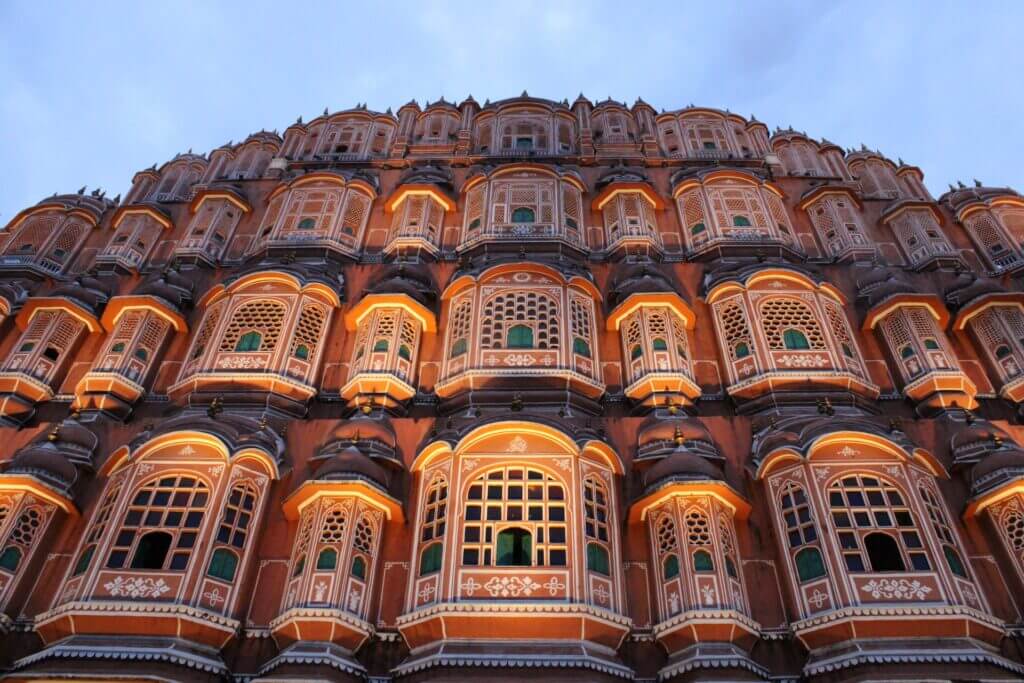
- Introduction to Jaipur and its cultural heritage: Jaipur, the capital of Rajasthan, is known as the Pink City due to the distinctive colour of its buildings. The city is renowned for its rich history, vibrant festivals, and traditional arts and crafts.
- Majestic palaces and forts: Jaipur is home to magnificent palaces and forts, including the iconic Amber Fort and the grand City Palace. Each structure is a testament to the luxury and architectural brilliance of the Rajput era.
- Unique attractions and activities: Visitors to Jaipur can explore the Hawa Mahal, a palace of winds with intricate latticework, and immerse themselves in the local culture by attending cultural performances, enjoying traditional cuisine, and shopping for handmade textiles and jewellery.
3. Hampi: The Ruins of Vijayanagara Empire
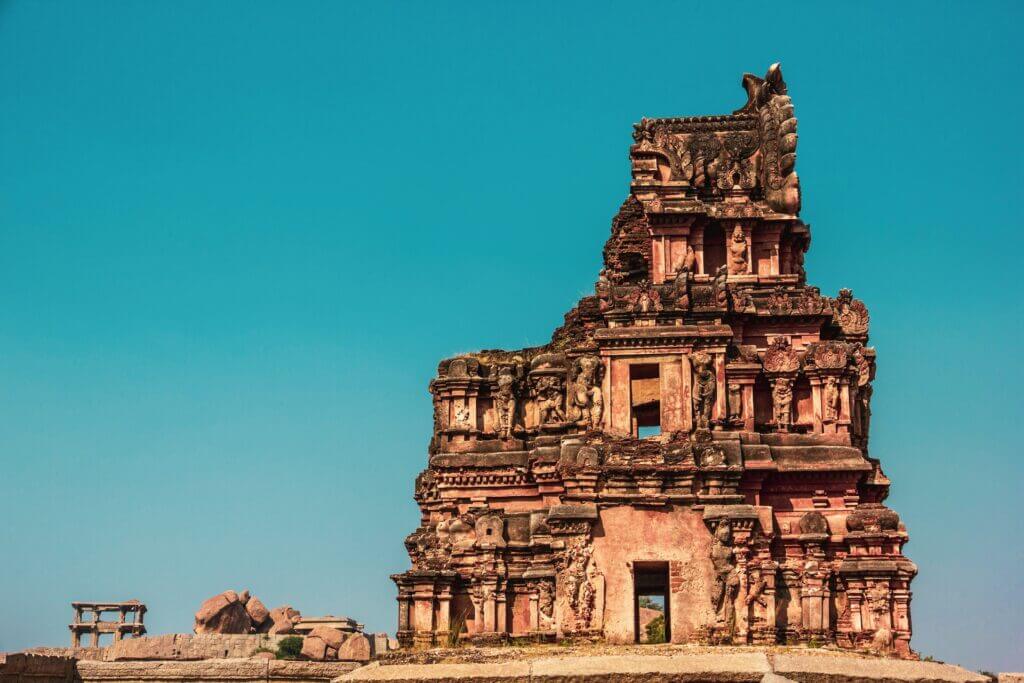
- History and significance of the Vijayanagara Empire: Hampi, located in the Southern state of Karnataka, was once the capital of the Vijayanagara Empire. This empire flourished during the 14th to 16th centuries and was known for its thriving trade, splendid architecture, and religious tolerance.
- Temples, infrastructure, and architectural styles: Hampi boasts numerous temples, including the iconic Virupaksha Temple and the Vittala Temple with its stone chariot. The ruins also showcase the impressive water conservation system and the fusion of Hindu and Islamic architectural styles.
- Exploring the ruins and nearby attractions: Explorers can wander through the ancient streets of Hampi, marvel at the intricate carvings and rock-cut structures, and visit landmarks like the Elephant Stables and the Lotus Mahal. A sunset view from Hemakuta Hill is a truly mesmerising experience.
4. Kaziranga National Park: Home to the One-Horned Rhinos
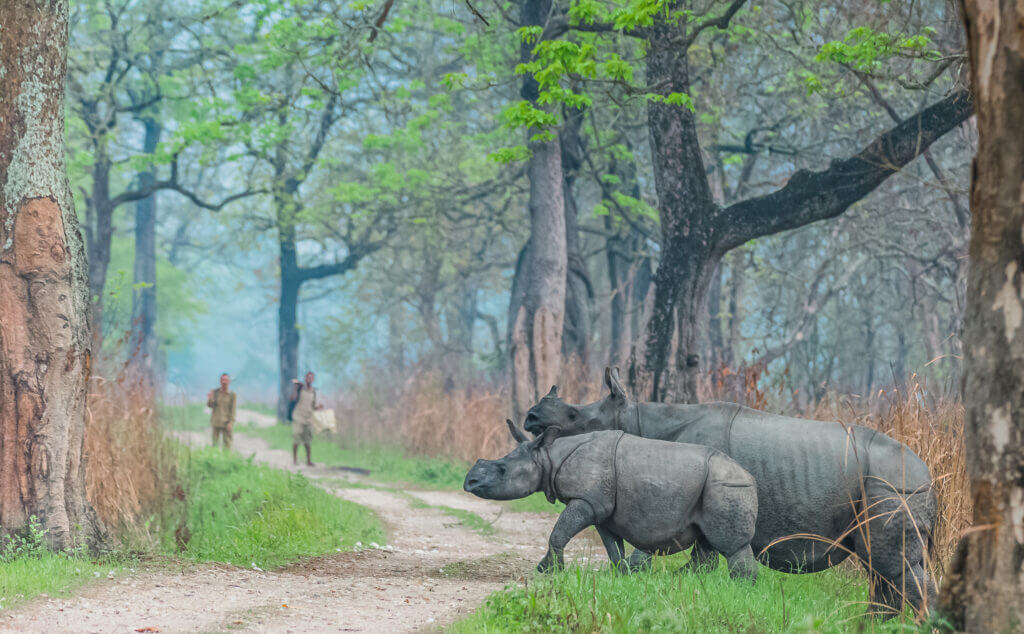
- Introduction to Kaziranga National Park: Situated in the northeastern state of Assam, Kaziranga National Park is renowned for its incredible biodiversity and its population of the rare one-horned rhinoceros.
- Biodiversity and conservation efforts: The park is a UNESCO World Heritage Site and is home to various other species, including tigers, elephants, and numerous bird species. Conservation efforts in Kaziranga National Park focus on protecting these endangered animals and their habitats.
- Safari experiences and wildlife encounters: Visitors can embark on an exciting jeep, or elephant safaris to explore the park and have the opportunity to spot rhinos, elephants, and perhaps even a majestic Royal Bengal Tiger. It’s essential to follow the rules and guidelines to ensure minimal disturbance to wildlife.
5. Great Himalayan National Park: Majestic Wilderness
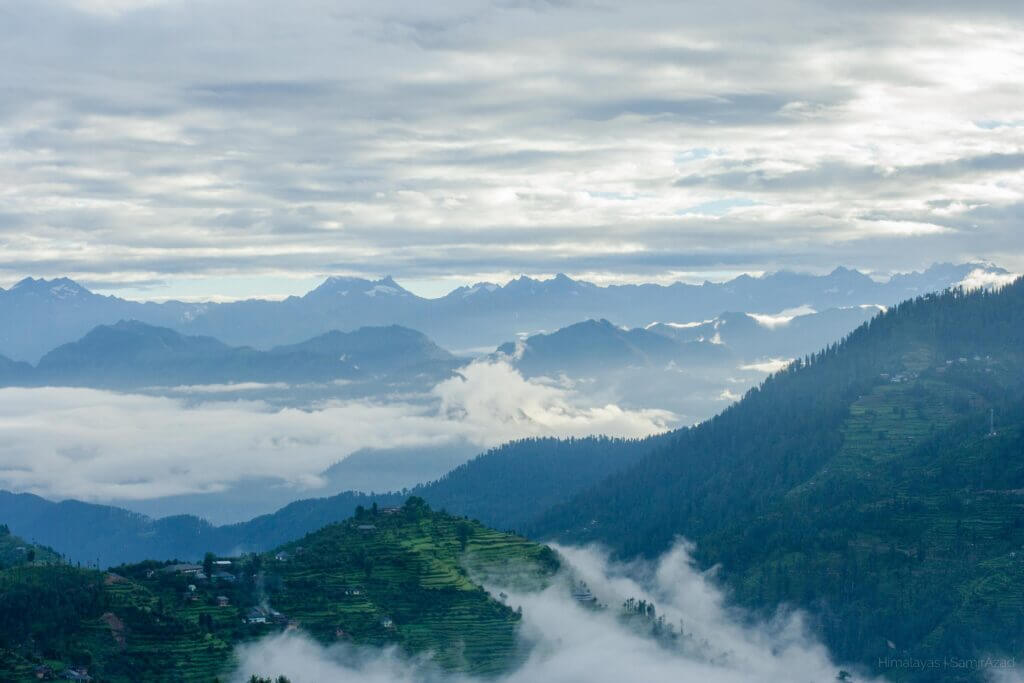
- Beauty and diversity of the Himalayan region: The Great Himalayan National Park, nestled in the Western Himalayas of Himachal Pradesh, is a pristine wilderness offering breathtaking landscapes, diverse flora, and fauna.
- Flora, fauna, and conservation initiatives: The park is home to over 375 species of fauna, including the elusive snow leopard and the colourful Western Tragopan bird. Conservation efforts in the park aim to protect these species and their fragile habitats.
- Trekking and adventure activities: Adventure enthusiasts can embark on stunning treks, witness the grandeur of snow-capped peaks, and encounter unique wildlife. The Tirthan Valley, with its crystal-clear rivers and charming villages, is a popular base for exploring the park.
6. Qutub Minar: Tall Tower of Delhi

- Historical background and significance: In the heart of Old Delhi stands the towering Qutub Minar, a World Heritage Site that dates back to the 12th century. It was built by Qutb-ud-din-Aibak and later expanded by several rulers.
- Architecture and intricate details: The Qutub Minar represents a fusion of Islamic and Hindu architectural styles. The intricate carvings, the calligraphy on the minaret, and the ornate surrounding structures make it a remarkable sight to behold.
- Visiting tips and nearby attractions: Visitors should explore the nearby Qutub Complex, which includes ancient tombs, the Iron Pillar, and the Alai Darwaza. Visiting during the early hours is also advisable to avoid crowds and to admire the minaret’s beauty in the soft morning light.
7. Khajuraho Temples: Architectural Marvels of Erotic Art

- UNESCO site and ancient temples: Located in Madhya Pradesh, the Khajuraho Temples are a UNESCO World Heritage Site famous for their exquisite temple architecture and intricate depictions of human sculptures.
- Sculptures and their symbolism: The temples are adorned with meticulously carved sculptures showcasing various aspects of life, including scenes of love, divine beings, animals, and daily activities. These sculptures hold deep symbolism and reflect the inclusive cultural ethos of the time.
- Cultural importance and exploration tips: Exploring the Khajuraho Temples allows visitors to appreciate the artistic achievements of the Chandela dynasty. Witnessing the temples illuminated during the annual Khajuraho Dance Festival, celebrated in February, adds enchantment to the experience.
8. Ellora Caves: Ancient Rock-Cut Masterpiece
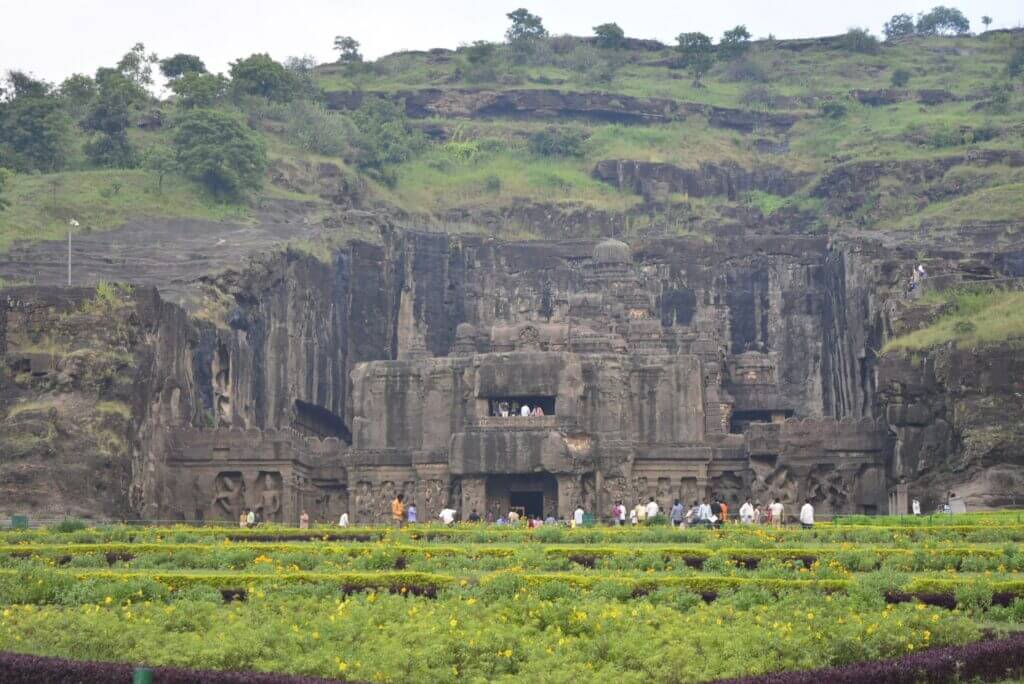
- A rich history and artistic significance: The Ellora Caves in Maharashtra are an extraordinary testament to India’s ancient rock-cut architecture. These caves were excavated from the 6th to the 10th centuries, showcasing intricate sculptures and frescoes.
- Architecture and carving techniques: Carved out of solid basalt rock, the caves are divided into three categories: Hindu, Buddhist, and Jain. The intricate detailing, harmonious proportions, and juxtaposition of religious themes make the Ellora Caves a unique artistic marvel.
- Must-see caves and planning a visit: Visitors should take advantage of the awe-inspiring Kailasa Temple, the largest monolithic structure in the world, Buddhist caves and the exquisite Jain cave temples. It’s advisable to hire a guide to learn about these captivating structures’ historical and cultural significance.
9. Sundarbans National Park: A Pristine Mangrove Forest
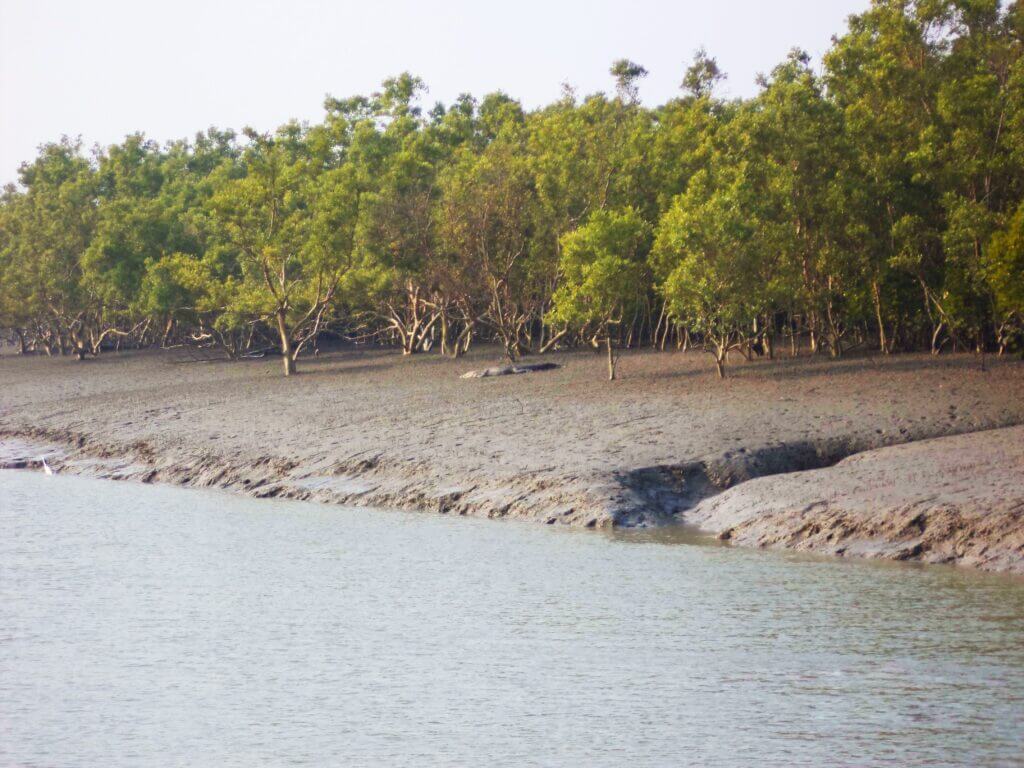
- Introduction to Sundarbans and its ecology: The Sundarbans, located in West Bengal, is the largest mangrove forest in the world and a UNESCO World Heritage Site. The region is a unique ecosystem with a delicate balance between land and water.
- Royal Bengal Tigers and other wildlife: Sundarbans are renowned for being the habitat of the majestic Royal Bengal Tigers. Visitors can also spot various bird species, crocodiles, and other wildlife while exploring the mangrove forests and its intricate network of waterways.
- Boat rides and eco-tourism initiatives: Exploring the Sundarbans by boat offers a chance to immerse oneself in the tranquil beauty of this pristine wilderness. Eco-tourism initiatives promote sustainable practices, ensuring minimal impact on the delicate mangrove ecosystem.
10. Konark Sun Temple: A Marvelous Architectural Wonder
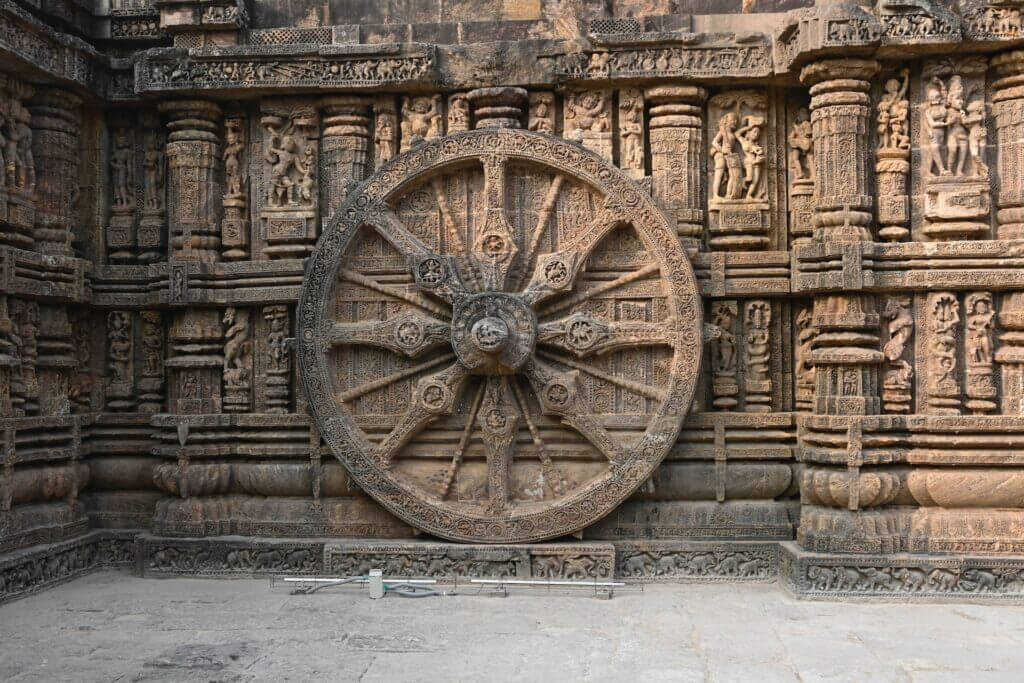
- Historical background and significance: The Konark Sun Temple, located in Odisha, is a masterpiece of Odisha temple architecture. It was built in the 13th century and is dedicated to the Sun God, Surya.
- Unique chariot-like architecture: The temple is designed as a colossal chariot with intricately carved wheels and horses. The stunning craftsmanship and the temple’s precise alignment allow the sun’s first rays to fall directly on the main entrance.
- Festivals and best times to visit: The Konark Dance Festival, held in December, showcases classical Indian dance forms against the backdrop of the Sun Temple. Visitors can witness the temple’s splendour and enjoy the cultural extravaganza during this time.
11. Nalanda University: Ancient Center of Learning

- Historical significance and Buddhist heritage: Nalanda University, located in Bihar, was once a renowned learning centre in ancient India. It flourished from the 5th to the 12th century. It attracted scholars worldwide, making it a significant symbol of Buddhism.
- Ruins and relics of the ancient university: Exploring the ruins of Nalanda University offers insights into the systematic organisation of learning, with monastic dwellings, classrooms, and a massive library. The Nalanda Archaeological Museum houses valuable artefacts and sculptures recovered from the site.
- Visitor experiences and nearby attractions: Visitors can engage in Buddhist meditation practices, attend conferences and seminars on Buddhism, and explore nearby attractions such as Rajgir, Gridhkuta Hill, and the Vishwa Shanti Stupa.
12. Fatehpur Sikri: Abandoned City of Grandeur

- Mughal history and Emperor Akbar’s vision: Fatehpur Sikri, near Agra, was built by Emperor Akbar as the capital of the Mughal Empire but was abandoned after a short period. It is a testament to Akbar’s architectural vision and efforts to promote religious harmony.
- Architectural highlights and stories: The complex includes stunning structures like the Buland Darwaza, the Jama Masjid, and the Panch Mahal, each boasting intricate carvings and architectural grandeur. The stories of Akbar’s court, the blending of Hindu and Islamic elements, and the city’s fate add to its allure.
- Exploring the ghost town and its mysteries: Visitors can wander through the well-preserved ruins, imagining the former glory of this abandoned city. The intricate architectural details and the serene ambience make Fatehpur Sikri a fascinating destination.
13. Darjeeling Himalayan Railway: Toy Train Adventure

- Introduction to Darjeeling and its railway: The Darjeeling Himalayan Railway, also known as the “Toy Train,” is a narrow-gauge railway that winds through the picturesque landscapes of Darjeeling in West Bengal. It offers a unique journey, allowing travellers to experience the stunning beauty of the Himalayan foothills.
- UNESCO recognition and heritage significance: The railway has been recognised as a UNESCO World Heritage Site for its outstanding engineering feat and historical importance. It has been operating since the late 19th century and continues to capture the hearts of travellers with its charm.
- Journey experiences and breathtaking views: The slow-paced journey on the Toy Train offers spectacular views of tea plantations, mist-covered mountains, and quaint hillside villages. The Batasia Loop, Ghoom Monastery, and Tiger Hill are some highlights along this enchanting route.
14. Rani Ki Vav: A Stepwell of Architectural Excellence

- History and significance of Rani Ki Vav: Rani Ki Vav, located in Gujarat, is a stepwell that dates back to the 11th century. It was built by Queen Udayamati in memory of her husband, King Bhimdev I, and served as a community gathering place and a water source.
- Intricate carvings and craftsmanship: Rani Ki Vav is renowned for its extraordinary architecture and intricate stone carvings. The walls of the stepwell showcase sculptures depicting stories from Hindu mythology, celestial beings, and complex geometric patterns.
- Travel tips and nearby attractions: Visitors can explore the seven levels of the stepwell, descending into its depths and admiring the detailed carvings on each level. The nearby Modhera Sun Temple and the ancient town of Patan are worth including in the itinerary for a deeper cultural exploration.
15. Western Ghats: Biodiversity Hotspot

- Introduction to the Western Ghats: The Western Ghats, often called the “Great Escarpment of India,” stretch over 1,600 kilometres along the western coast of the Indian peninsula. This UNESCO World Heritage Site is a natural wonder and a biodiversity hotspot due to its rich and unique collection of flora and fauna.
- Ecological importance and unique species: The Western Ghats boast unparalleled environmental significance, with countless endemic species found nowhere else on Earth. From the elusive, nocturnal Malabar civet to the vibrant, endemic Nilgiri langur, these forests are a haven for nature enthusiasts and wildlife photographers.
- Trekking routes and nature exploration: For adventurous souls, the Western Ghats offer many trekking routes and nature exploration opportunities. Whether you conquer the challenging trails of Anamudi, the highest peak in South India, or immerse yourself in the tranquil beauty of the Silent Valley National Park, your journey through the Western Ghats will leave you awe-inspired.
16. Chola Temples: Living Testimony of Greatness

- Chola Dynasty and their temple architecture: The Chola Dynasty, one of the longest-ruling dynasties in the history of South India, left an indelible mark on the architectural landscape of the region. Their temple architecture, characterised by intricately carved sculptures and towering gateways, is a testament to the unparalleled artistic expertise of the Chola artisans.
- UNESCO recognition and preservation efforts: RecognisingRecognising the outstanding universal value of these temples, UNESCO has inscribed three Chola Temples as World Heritage Sites. The Brihadeeswarar Temple in Thanjavur, the Brihadisvara Temple in Gangaikonda Cholapuram, and the Airavatesvara Temple in Darasuram are all must-visit destinations for history buffs and admirers of ancient Indian art.
- Must-visit temples and suggested itinerary: Efforts have been made to preserve and restore these architectural marvels, ensuring their integrity for future generations. By including these temples in your itinerary, you will not only witness their grandeur but also contribute to their preservation.
17. Red Fort: Mughal Splendor in Delhi
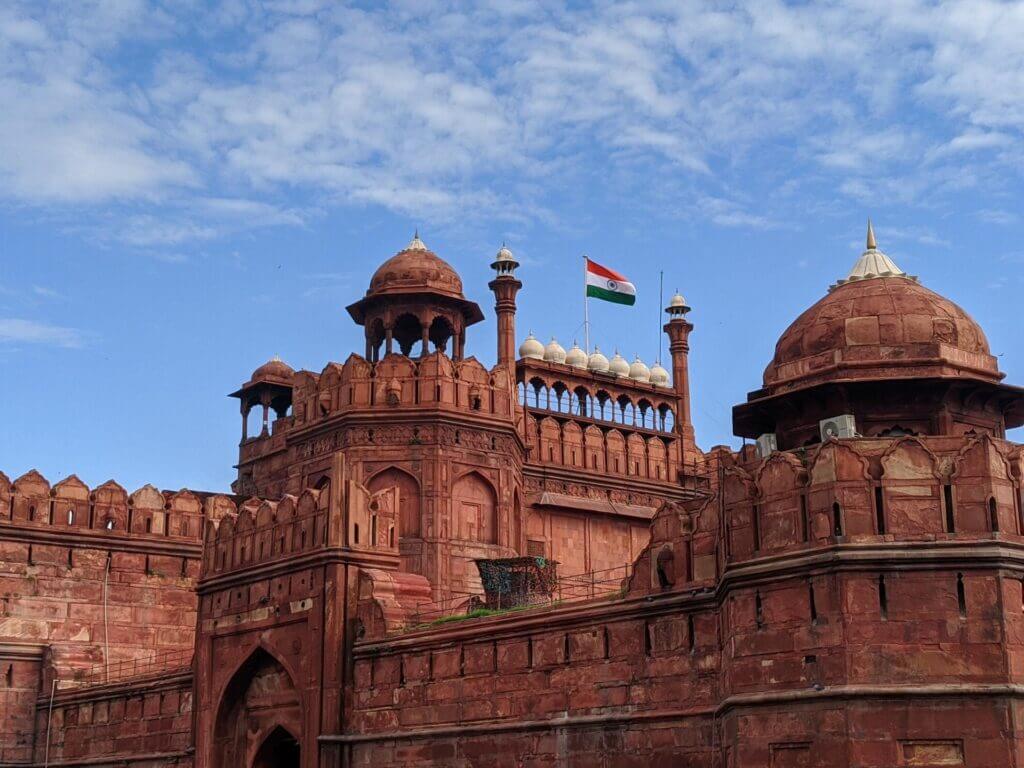
- Historical background and cultural significance: A trip to India’s capital city, Delhi, is complete with a visit to the Red Fort. This majestic and iconic structure stands as a symbol of Mughal splendour. Built during the reign of Emperor Shah Jahan, this fortified palace complex served as the residence of the Mughal emperors for almost two centuries.
- Architecture and key attractions: The Red Fort’s historical background is woven into India’s rich cultural tapestry. It played a significant role in shaping the country’s history and witnessed grandeur and turmoil. From the magnificent Diwan-i-Am (Hall of Public Audience) to the enchanting Diwan-i-Khas (Hall of Private Audience), every corner of the Red Fort exudes the luxury and architectural finesse of the Mughal era.
- Sound and light show and visiting tips: To enhance your experience further, catch the enthralling sound and light show that narrates the story of Delhi and the Red Fort. Additionally, remember to plan your visit wisely, as the Red Fort can be crowded during peak tourist seasons. Opting for an early morning or late afternoon visit can help you avoid the crowds and bask in the serenity of this historical gem.
Summary
In summary, these 17 World Heritage Sites in India offer diverse experiences and attractions. From the ecological wonders of the Western Ghats to the architectural marvels of the Chola Temples and the grandeur of the Red Fort, each site holds a unique place in India’s cultural and natural heritage.
Preserving and promoting these sites is of utmost importance, not only for preserving our collective history but also for the sustainable development of tourism in India. By visiting these sites, appreciating their beauty, and supporting conservation efforts, we contribute to their long-term preservation and ensure that future generations can experience their magnificence.
Please do visit other interesting posts too:
FAQs
What are World Heritage Sites, and why are they important?
World Heritage Sites are places of outstanding universal value, recognised by UNESCO for their cultural, historical, or natural significance. They serve as a testament to the diversity and richness of human heritage. Preserving these sites is crucial to safeguard our shared history for future generations.
Can I visit all the World Heritage Sites in India in a single trip?
Visiting all the World Heritage Sites in India in a single trip might be challenging due to the vastness of the country and the time constraints of travelling. However, with proper planning and prioritisation, you can explore multiple sites that are geographically closer to each other.
Are these World Heritage Sites accessible for people with disabilities?
Efforts have been made to improve accessibility to World Heritage Sites in India for people with disabilities. While some sites may pose particular challenges, many have provisions to ensure a more inclusive experience. It is advisable to check with the respective sites for specific accessibility information.
How can I contribute to the preservation of World Heritage Sites?
There are several ways to contribute to the preservation of World Heritage Sites. Supporting conservation organisations, following responsible tourism practices, and spreading awareness about these sites’ significance are practical ways to make a positive impact. Additionally, respecting the rules and regulations of each site and minimising your ecological footprint can go a long way in preserving their integrity.


